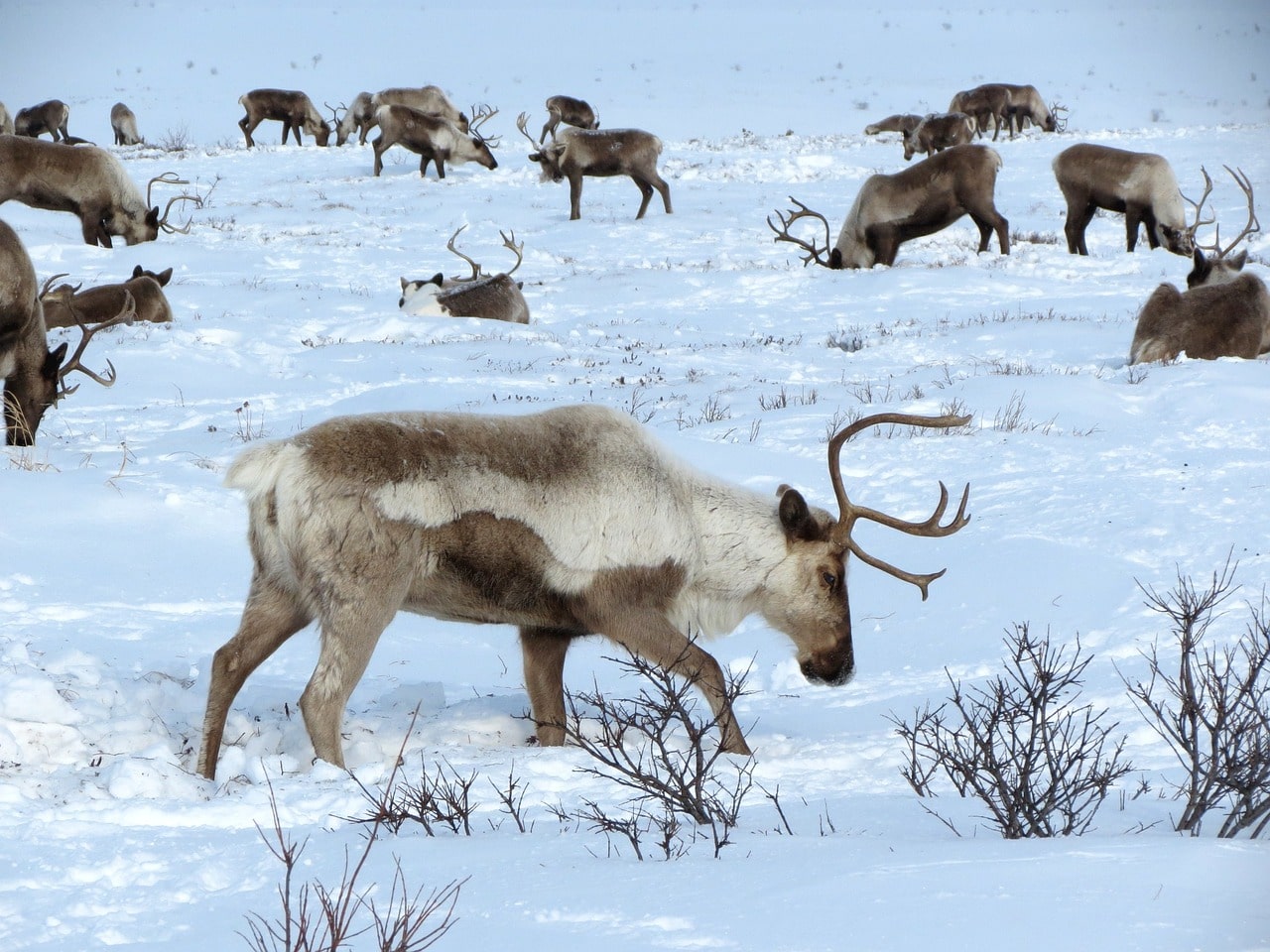Sámi allaskuvla / Sámi University of Applied Sciences, International Centre for Reindeer Husbandry and Gielas reindeer herding district have together published a new scientific article on Sámi nomadic reindeer herding and the changing cryosphere in Western Finnmark by Inger Marie Gaup Eira, Nils Isak Eira and Svein D. Mathiesen.
Abstract
For Arctic Indigenous communities, the cryosphere is more than a physical environment; it is deeply interwoven with cultural identity, economic sustainability, and Indigenous knowledge. Among the Sámi people in northern Norway, particularly in Western Finnmark, Indigenous nomadic reindeer herding is critically dependent on predictable conditions of ice and snow for seasonal migrations and access to pastures. Frozen rivers and lakes have traditionally served as safe and reliable migration corridors, while consistent snow cover is essential for accessing lichen, the primary winter forage for reindeer. Western Finnmark encompasses approximately 25,925 km2 and is home to around 1500 private Sámi reindeer herders managing about 80,000 privately-owned reindeer, who migrate between inland winter grazing areas and coastal summer pastures. This study aims to make Sámi Indigenous technical knowledge of the cryosphere more visible and to demonstrate its relevance for understanding environmental change. Drawing on local observations and Indigenous knowledge, the findings show that cryospheric changes in Western Finnmark have already reached a scale that significantly impacts the viability of reindeer husbandry. Autumn migrations are increasingly hampered by delayed and inconsistent ice formation on lakes, reducing access to traditional migration routes. Furthermore, the number of cold days on winter pastures is decreasing, complicating reindeer management and reducing access to forage due to denser, icier snow layers. These changes are further compounded by land-use fragmentation in key grazing areas. By highlighting specific examples of cryospheric change and integrating Sámi knowledge systems, this paper underscores the urgent need to include Indigenous perspectives in research and policy. Such inclusion is essential for developing adaptation strategies that support the long-term sustainability of Sámi reindeer herding in a rapidly changing Arctic.
Access article here



